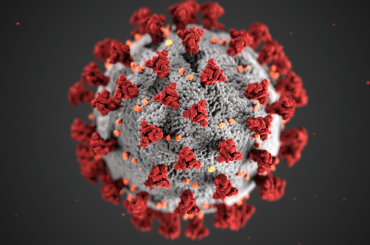This article on the Pratt & Whitney geared turbofan engines originally appeared in the December 2018 magazine edition of Australian Aviation.
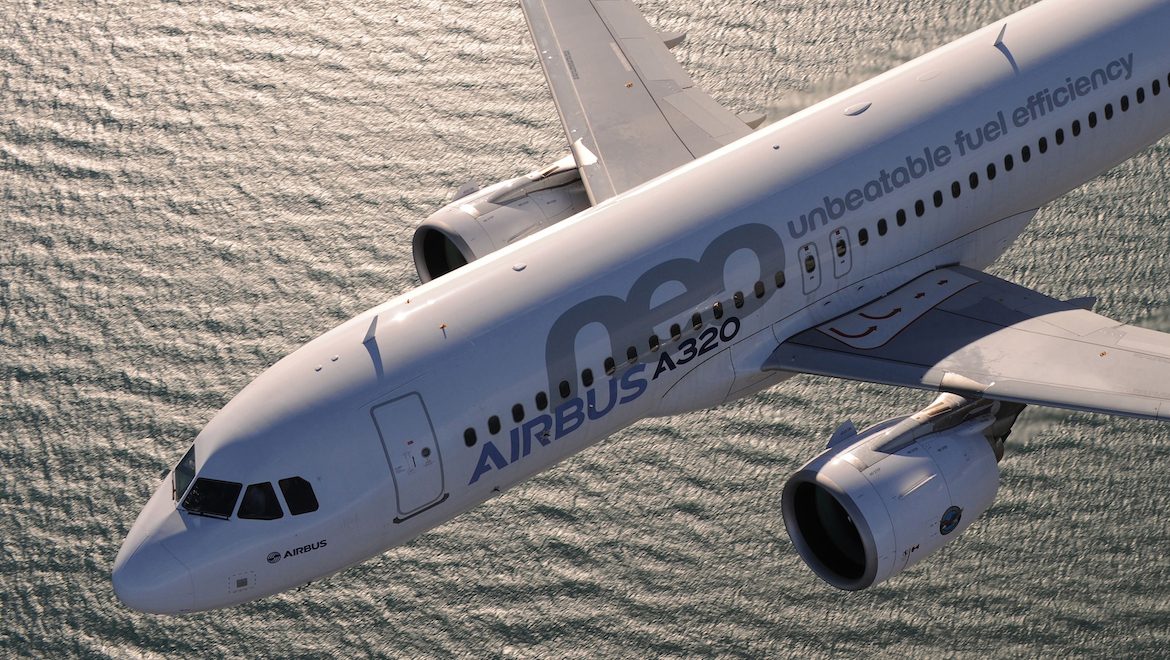
The big commercial aircraft engine manufacturers have been negotiating turbulent times as issues with their newest products cause delivery delays, groundings and in-flight shutdowns for some of their customer airlines.
But the problems aren’t diverting Pratt & Whitney from the task of creating a super engine for jets that are still on the drawing board.
Pratt & Whitney is calling it the Geared Turbofan Generation 2, or GTF2, a super engine that will power the next generation of single-aisle jets from Boeing and Airbus.
According to Jeffrey Minor, deputy vice president for Asia Pacific sales at Pratt & Whitney, the aim is to achieve at least another five per cent cut in fuel use, critical to airlines given the uncertainty of where oil costs are heading.
It may be a decade away, but work is already underway on step changes to the company’s current revolutionary GTF engine, the PW1000G that powers half a dozen single aisle jets, including the Airbus A320neo.
That technology, explained Minor, took 25 years and $US1 billion to develop behind the scenes.
“It has taken us that long to get to the level of reliability and endurability that we need with the system because it’s so significant and important to the design.
“We tested over 200,000 cycles in validation testing and we have done many, many things to create severe operating environments and … to put severe loads on the system.”
What is ground-breaking about the GTF is the introduction of a fan-drive gear system, with a reduction gear in front of the engine between the load compressor and the fan rotor.
“That has allowed us to slow the fan rotor down where it wants to be, so it operates more efficiently,” Minor said.
“Then, in the core of the engine, the turbine section, we are able to optimise the speed of those modules. That is a big change from a conventional engine where the same shaft goes from the tail of the engine to the nose of the engine. It limits the operation of certain modules and their efficiency is affected.
“That shaft is common from the back end to the front end of the engine, so all the modules are limited by the speed of that common shaft. The introduction of a reduction gear in the front, to slow the fan down, means we can get more optimal speed and performance out of the turbine section; out of the compressor section.
“What that equates to is a significant reduction in fuel. You get much more work out of the fan blade and the thrust of the engine,” Minor said.
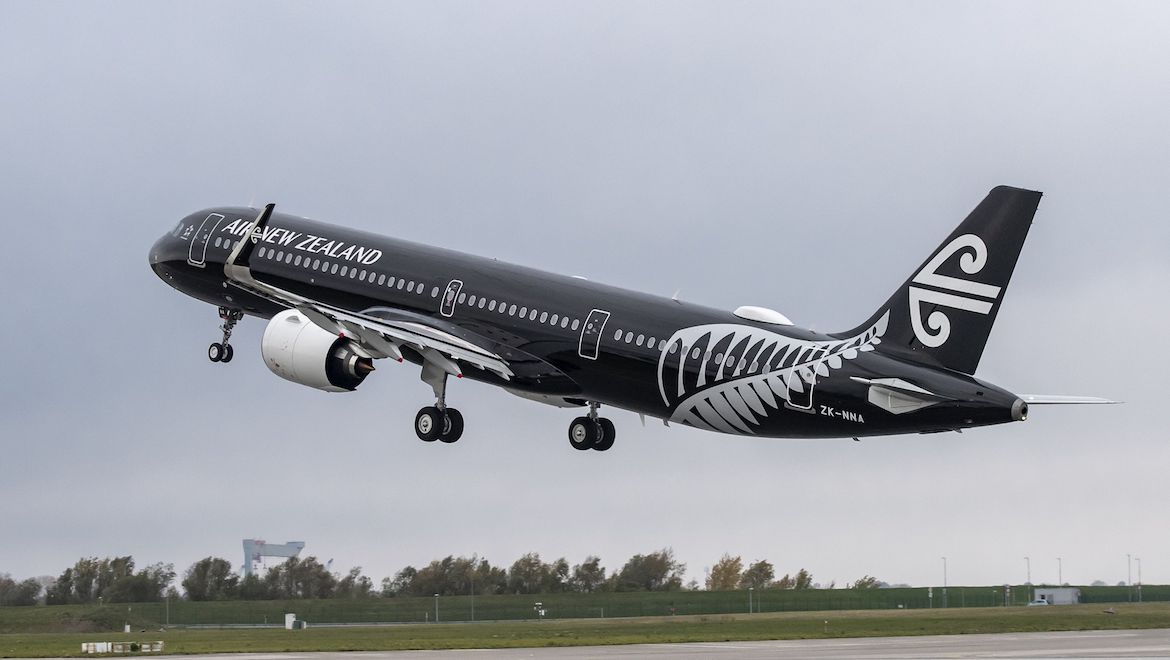
At the same time, Pratt & Whitney has been able to keep core temperatures similar to previous engines, achieve gains in range and payload benefits, and reduce the number of parts by 50 per cent.
Minor, briefing media during the Association of Asia Pacific Airlines (AAPA) annual Assembly of Presidents on South Korea’s Jeju Island in October, said engine companies have been striving to lower noise and fuel burn on engines since the 1950s.
Over time, this has been achieved through increases in fan diameter and the bypass ratio of the engine.
“If you look at the J57 turbojet from the 1950s timeframe, the bypass ratio for that engine (the ratio of the air going through the fan stream versus through the core of the engine), was 1.5 to 1,” Minor said.
With the new GTF in production, the bypass ratio is 12 to 1, the highest available in a contemporary commercial jet engine compared with other widebody large engines offering 10 to 1 or 9 to 1.”
Going forward, Minor said there are opportunities to introduce additional technology and get more capability out of the engine. “We can go to higher thrust, and higher gross weight airplanes in the future,” he said.
“Our goal is to get the capability up to GTF2, which is an ultra-high bypass ratio engine … in the range of 15 to 1.
“That would be something we would be looking at. An ultra-high bypass engine is an extremely efficient jet engine and this is where we want to go with the technology … it is something that we have the chance and the opportunity to build upon in the coming five and 10-year time frame.”
Entry into service of the GTF has not been without its issues, but Pratt & Whitney is not alone in facing problems. For example, the compressor in the Rolls-Royce Trent 1000 package C engines that power the Boeing 787 Dreamliner is not lasting as long as expected, forcing inspections. Airlines have had to ground aircraft while checks take place and lease replacements to fill the gaps.
Regulators have placed limits on the length of 787 sectors, causing schedule and network issues for airlines. Both Boeing and Airbus have experienced serious delivery delays because of engine issues.
Over the past two years, engine-less 737 MAX models were piling up in Seattle waiting for LEAP engines from CFM, a joint venture between GE Aviation and Safran. In Toulouse and Hamburg, Airbus also has a backlog of aircraft awaiting Pratt & Whitney GTF engines for the A320neo.
In Pratt & Whitney’s case, airlines found that multiple GTF engines had to be removed after a short time in service because a bearing had failed or the combustion chamber had degraded. The company acknowledged the problems and designed fixes. The bearing compartment has been redesigned, and retrofits to all engines are being conducted. Meanwhile, the engine-maker stated the main gearbox, the revolutionary part of the GTF’s architecture, has performed flawlessly.
In a separate statement, Pratt & Whitney said the company was now meeting its delivery commitment to airframers and continues to work closely with airlines to support their operations.
“While we cannot speak for the airframers, Pratt & Whitney has no longer a pacing event for aircraft deliveries. We have caught up to our commitment to Airbus and remain on track for our 2018 numbers.”
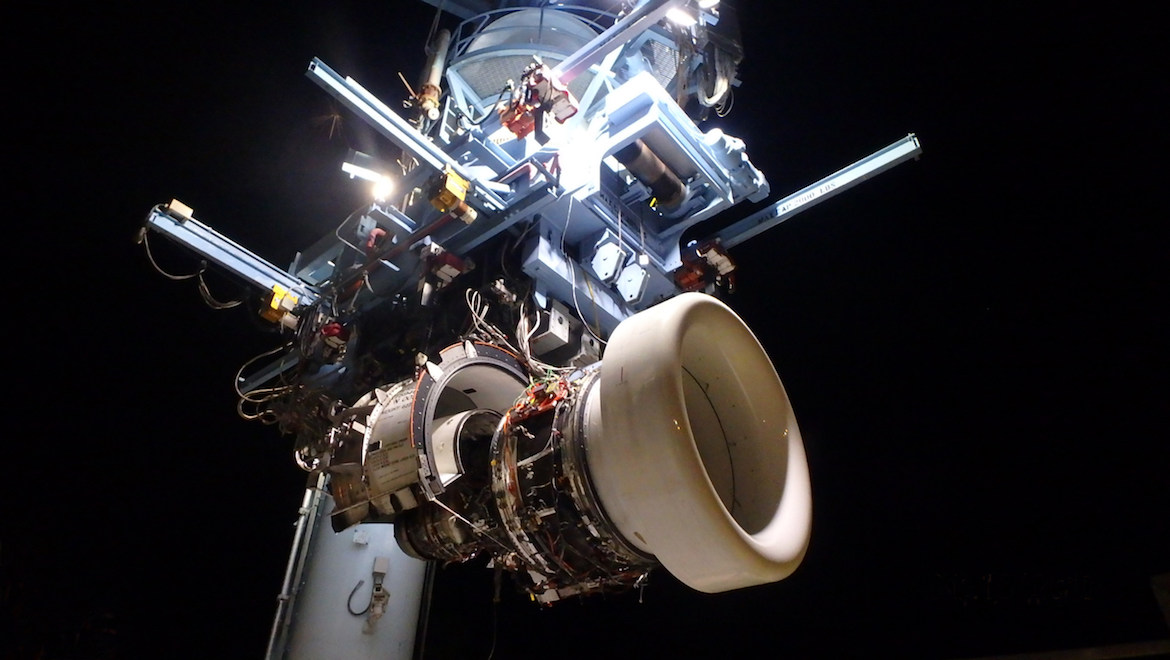
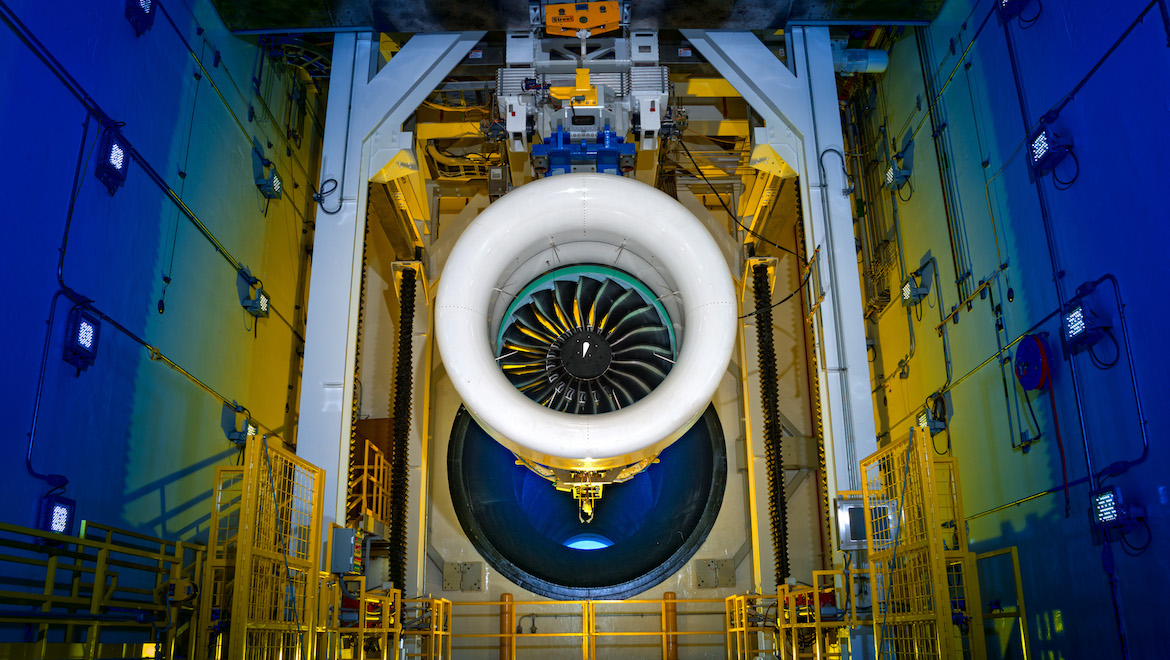
It added that as this was the newest technology and architecture introduced to jet propulsion. It had worked through some entry-into-service issues and focused on supporting customers. “Our industrial ramp is on track; we are meeting our delivery commitment to airframers.”
Some customers may be unhappy about the problems and their impact on operations but there is little doubt they are more than happy with the performance of the GTF when all goes well.
It comes in three models with thrust ranging from 15,000 to 33,000lb. The lower end of the range has a 142cm fan used by the Mitsubishi MRJ regional jet. The GTF with a 73-inch fan is on the Airbus A220 (formerly the Bombardier C Series) and the Embraer E2, while the larger 205cm fan is on the A320neo and Russia’s Irkut MC-21. The engine technology without the gearing is also used on the Gulfstream G500/600 and Dassault Falcon 6X business jets.
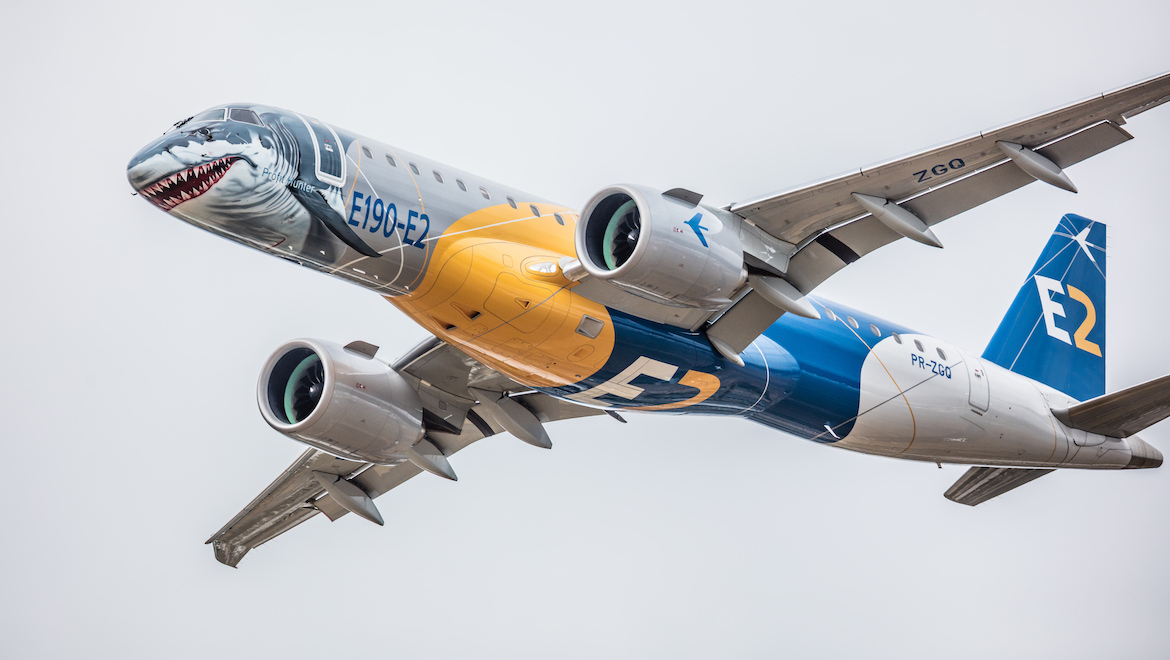
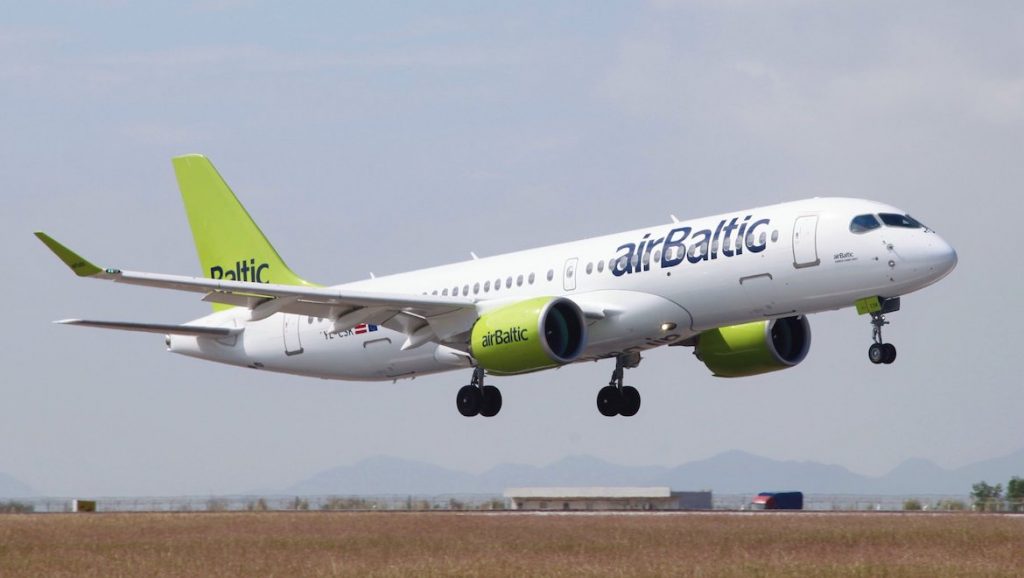
As of October, there were 260 aircraft operating with GTF engines among 27 customers. They had completed about 1.2 million flying hours and Minor said some 27,000 tonnes of fuel had been saved for airline customers.
“Some of the key attributes are, in general, a 16 per cent fuel burn reduction, 75 per cent reduction in noise, 50 per cent reduction in regulated emissions … the market success has been very strong,”
he said.
“If you are burning less fuel you are emitting that much less CO2. One aircraft flying for a year, 2,200 flights, 3,600 tonne reduction, equates to planting over 900,000 trees. The annual aircraft savings, from a cash operating cost perspective, is about $1 million per aircraft.”
Overall, 9,000 engines have been ordered by 80 customers. That has also meant a ramp up in Pratt & Whitney service facilities. “Today, we have three engine overhaul centres in operation supporting our fleet and we plan to go to eight by 2020. We are going to increase our capacity by 300 per cent to support our customers worldwide.”
In Asia Pacific, IHI Corporation in Japan, based close to Tokyo, is currently overhauling the GTF for the A320neo family. Eagle Services Asia, in Singapore, an $85 million joint venture with Singapore Airlines Engineering, comes on line in December to handle the GTF on A320s. Another two new facilities with GTF capabilities will be with Delta TechOps in Atlanta and Engine Maintenance Europe (EME) Aero in Jasionka, Poland.
As for the future, Minor suggests the move from GTF1 to GTF2 will be a phased process. In between will be what Pratt & Whitney calls the GTF1-Plus, available for improved versions of the A321 and Boeing’s proposed middle-of-the-market jet.
The Boeing derivative has yet to be launched officially, pitched somewhere between the single-aisle and twin-aisle market. While the GTF is currently carried by narrowbody jets, it will also be developed for widebodies.
Minor said Pratt & Whitney is planning for further engine improvements to coincide with the introduction of next generation aircraft which will replace the current neo and MAX types.
“We would expect that plane to be revolutionary, almost with the significance of the Douglas DC-3 in the 1950s. That airplane revolutionised air travel,” he said.
At the same time it would herald a major change in engine efficiency.
“That’s what our expectation is. This is the kind of plan of how we are going to be prepared and how we are going to be ready for the introduction of those new airplanes with mature engine technology.”
There is another question, however: given the problems that have arisen within several new engine programs, is there such a thing as “peak engine” where the step change to major improvement is so difficult it will take years to overcome?
“We talked about the development of the gear for the geared turbofan engine,” said Minor, “20 years in the making to do it well and do a good job at it.
“So, there is that element of making a step change. I would say that taking that similar architecture and moving to a next level is something that is feasible from our understanding. And say, for example, you look at the timing of a mid-market airplane entry into service in the next five or six years or so, we look at the opportunity ahead of us.
“During that time, in say five years’ time, that fleet of GTF-powered engines out there today will accumulate roughly 150 million hours of experience. We think that is a very substantial element of being able to take the technology to the next level with experience and maturity.”
What lessons are Pratt & Whitney learning from the introduction of the existing GTF engine?
“The good news with the architecture is that the fan drive gear system is very proven and, with time, will just become … extremely mature going into the next five years,” Minor said.
He said that going forward from here with the current GTF engine, Pratt & Whitney will look at more conventional improvements such as durability in certain areas and “capability from a time-on-wing perspective.
“These kinds of things would be areas we would focus on going out into the future… and we believe the geared architecture is the way of the future,” Minor said.
VIDEO: An April 2018 corporate video on the geared turbofan engine from the Pratt & Whitney YouTube channel.
This article originally appeared in the December 2018 magazine edition of Australian Aviation. To read more stories like this, subscribe here.

